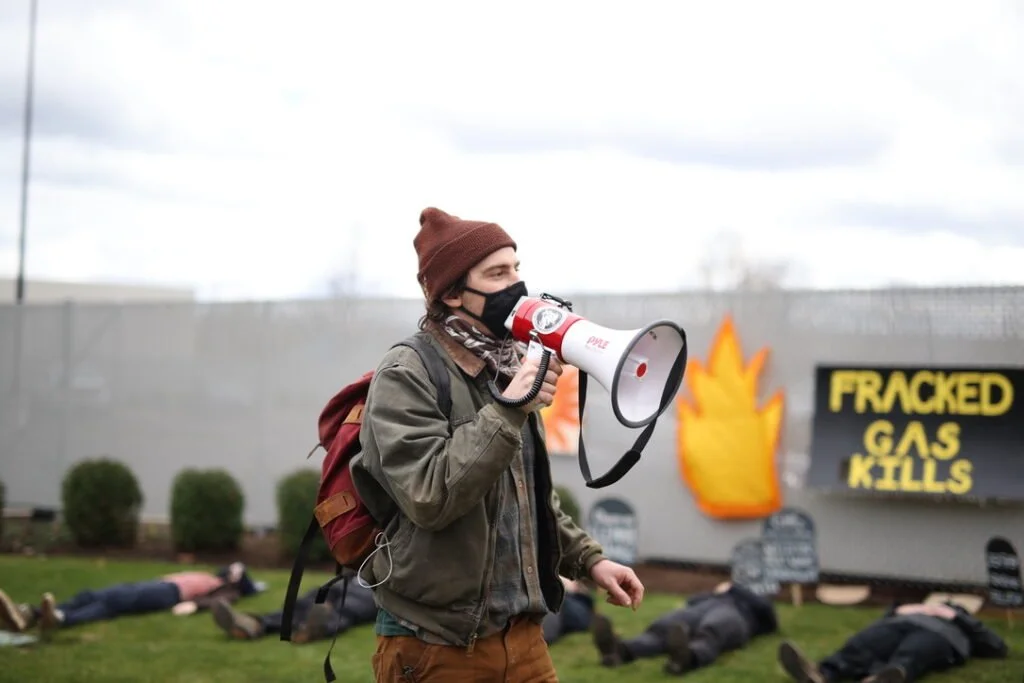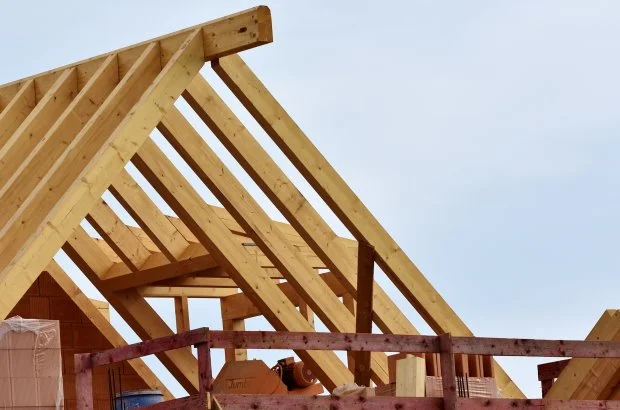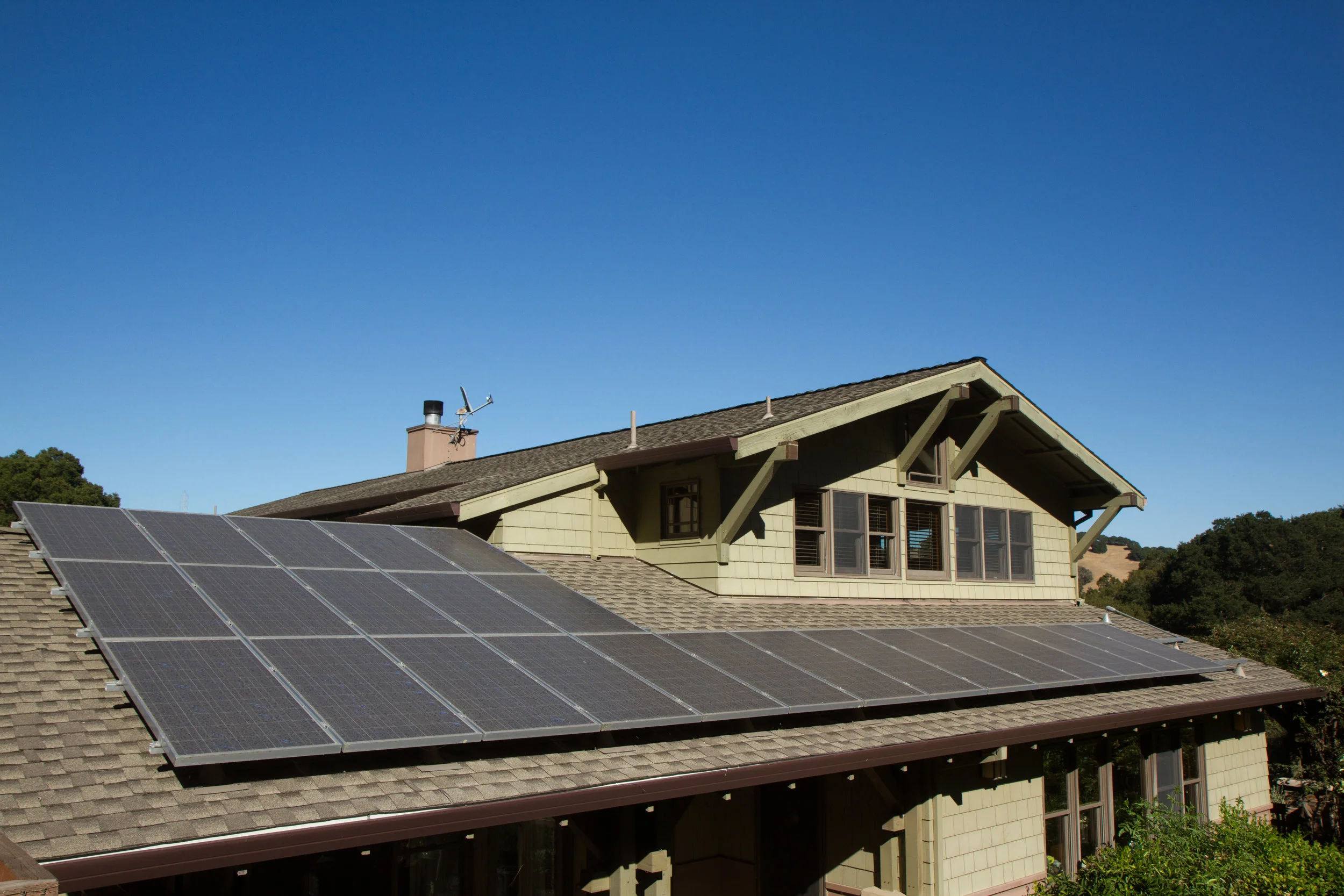If you're reading this, you may have an interest in sustainability in the built environment or in how buildings' energy use impacts climate change. However, applying for an open seat on the Bureau of Codes Division (BCD) Advisory Boards may not have crossed your mind. You may have never thought about how building codes are developed or how often they are updated. But if you care about climate change and future generations, you should know that buildings account for approximately 40% of Oregon's energy use and emit around 28% of the greenhouse gas pollutants that are harmful to our health and contribute to more and worse climate destruction. Volunteering for a seat on a BCD Advisory Board is an excellent way to help reduce the climate impact of the built environment.
The ZERO Coalition Urges Governor’s Housing Production Advisory Council to Proactively Consider Climate Impact
In response to calls for Gov. Kotek’s Housing Production Advisory Council to expedite residential construction by relaxing energy efficiency and climate mitigation building requirements, the ZERO Coalition has submitted a series of policy papers urging the Council to ensure that climate impact remains a key consideration for equitably increasing housing stock. The papers outline recommendations that can be adopted to ensure the state meets both its housing supply and building decarbonization goals.
Cost-Effective Retrofits: 7 Steps to Zero Energy
Due to the sheer number of existing buildings, it’s not enough to focus solely on reducing greenhouse gas (GHG) emissions through new construction. And wider implementation of energy-efficient systems through retrofitting will have a massive impact. Moreover, retrofitting presents opportunities to address longtime inequities in the housing sector, providing broader access to energy-saving measures. The most common barriers are capital costs, and owners’ lack of knowledge that today’s reliable technologies pay dividends far into the future.
Recapping Oregon's 2022 Legislative Session - by Meredith Connolly, Oregon Director of Climate Solutions
While Oregon’s constitution only allows the short legislative session to last 35 days, this year legislators needed just 32 days to wrap the state’s business. It was a fast and furious pace, with the Climate Solutions team and our allies trying to ensure Oregon does not lose a year on desperately-needed climate progress. This session, the legislature provided historic levels of investments in clean energy solutions and electric vehicles, as well as significant progress for environmental and social justice in our state. As you will read below, the table is now set for 2023 to be a banner year for state legislative progress.
ZERO Coalition Member Spotlight: The Environmental Center
The Energy Program (originally the energy challenge) focuses on advocacy work toward systemic policy and climate solutions. We’ve managed the Central Oregon Green Home & Solar tour for several years now which has been a great place for industry members to connect with each other and the community.
Cash/Darienzo Solar Story: Every Last Drop of Sunshine
Check out this great case study by Mark Darienzo, which was originally shared by one of our members, Solar Oregon. The house is Passive House Certified and both the ADU and the house are Earth Advantage Platinum Certified. Green Hammer (another ZERO Coalition member) built the house and the ADU was built by NW Tactical Designs.
Six new solar panels on south facing roof of main house. To the right and left of the older panels
Robin Cash and I were regular attendees at the Net Zero talks sponsored by Solar Oregon many years ago. We learned a lot about solar panels and energy efficiency. Robin always dreamed about building a house, especially an energy efficient one where we can stay warm without running up high energy bills. We decided to build an all-electric Passive House and in 2011 contracted with Green Hammer to build it. A 3000 gallon underground cistern and a water filtration system, that allowed for in-house use of rainwater, was installed as well. We moved in August 2012.
Also in 2012 we signed a twenty-year Power Purchase Agreement with SunRun to install fourteen Solar World 235 watt solar panels (3.29 Kw) on the south side of our roof and a Fronius IG Plus inverter attached to the west side of the house. R&S Energy was the installer. The panels were installed June 2012. We paid $6000 upfront and recouped it through four yearly $1500 state tax credits. SunRun received the Energy Trust of Oregon money and the Federal tax credit.
Electrical system for solar panels on main house (Enphase IQ combiner, Fronius IG Plus inverter and electric meters)
Because Robin was such a strong advocate for affordable housing, we decided to build an ADU in the back yard, rent to someone with low income, and charge very affordable rent. R&B Design Studio LLC in coordination with Enhabit provided the plans. NW Tactical Designs LLC built the ADU. The ADU was completed in July 2019 and our first tenant moved in August 1st.
Twelve panels on west side of ADU (barely visible) and three panels on south facing porch roof. Enphase IQ combiner is on the west side of ADU.
We hired Sunlight Solar to install solar panels on the ADU roof and more on the main house. Twelve Hanwha Q cell 315 watt panels were installed on the ADU on the west facing roof (3.75 Kw) and three on the south facing porch roof (0.945 Kw) for a total of 4.725 Kw. Six panels were installed on the south facing roof of the main house (1.89 Kw) to bring the total on the main house to 5.18 Kw. All the new panels have Enphase IQ 7 microinverters and all panels were installed April, 2020. Our new system went on-line May 5, 2020 The total for both the ADU and main house is 9.9 Kw.
The installation process took more time than anticipated because of an open permit for the existing solar panel attachments, new safety requirements with respect to emergency shut-offs and a need for an engineering assessment all on the main house. Then rainy weather and COVID-19 further postponed the install date.
For the 2020 tax year I will take advantage of federal tax credits for the solar panels as well as the all electric Chevy Bolt and Siemens electric car quick charger I purchased in 2020. The state money available for the Bolt was deducted from the purchase price.
It is unknown whether the system will be net zero. Besides my two electric cars: a plug-in hybrid 2016 Chevy Volt and Chevy Bolt, I have a fused glass kiln in the garage, a clothes dryer in the ADU and an electric stove and oven in the main house and ADU. Time will tell.
Two Earth Advantage Platinum Certified Homes in Kerns
The following interview is the story of this sustainable infill project, bringing Waterleaf one step closer to our 2030 Challenge goal to take care of our health and the health of our planet. This project is Earth Advantage Platinum Certified. The process to achieve that certification required early steps in the design for significant energy savings, resulting in a balanced, sustainable design that allowed the client to respond to neighborhood concerns and create the right development for the site.
Zero Energy Ready Oregon Supports Governor’s Mandate to Transform Buildings to Zero Energy Ready Performance
When Oregon Governor Kate Brown signed Executive Order 17-20 in the fall of 2017, she set Oregon on the path to addressing climate change by ramping up efficiency in Oregon’s buildings. Addressing building efficiency is a critical climate action strategy as commercial and residential structures account for 40% of carbon globally. Her order calls for a number of specific actions including that Oregon should “establish an aggressive timeline to achieve net zero energy ready buildings as a standard practice in buildings across the state.” Zero energy (ZE) buildings are highly efficient and only consume as much energy as is produced through onsite renewables (usually solar panels) over the course of a year. Zero energy ready buildings have efficiencies on par with ZE projects, but don’t yet have sufficient onsite renewables.










